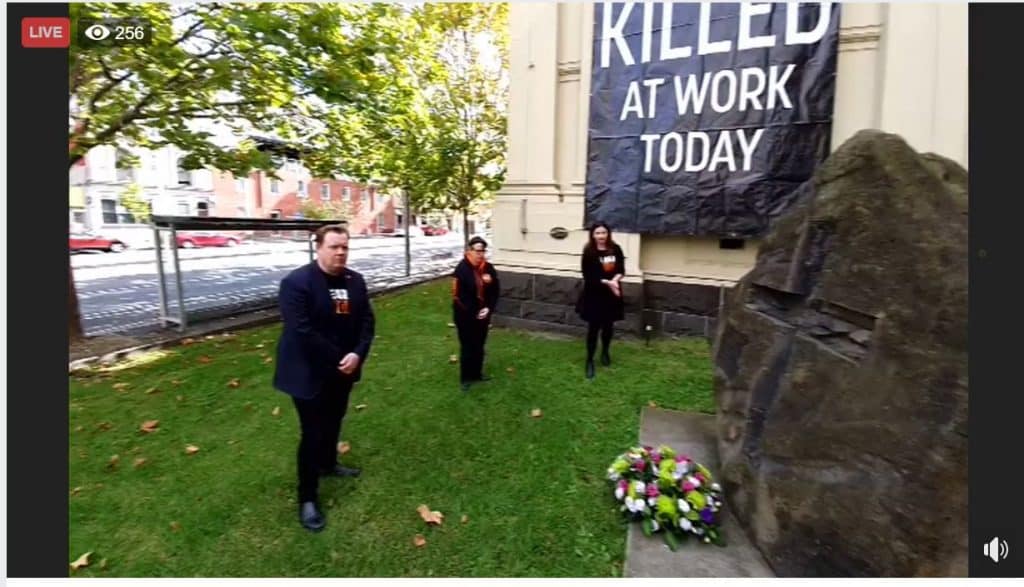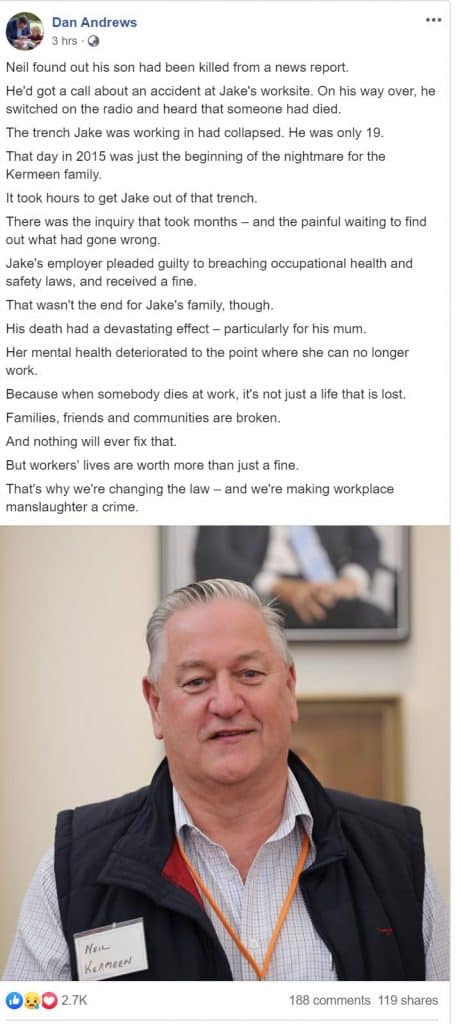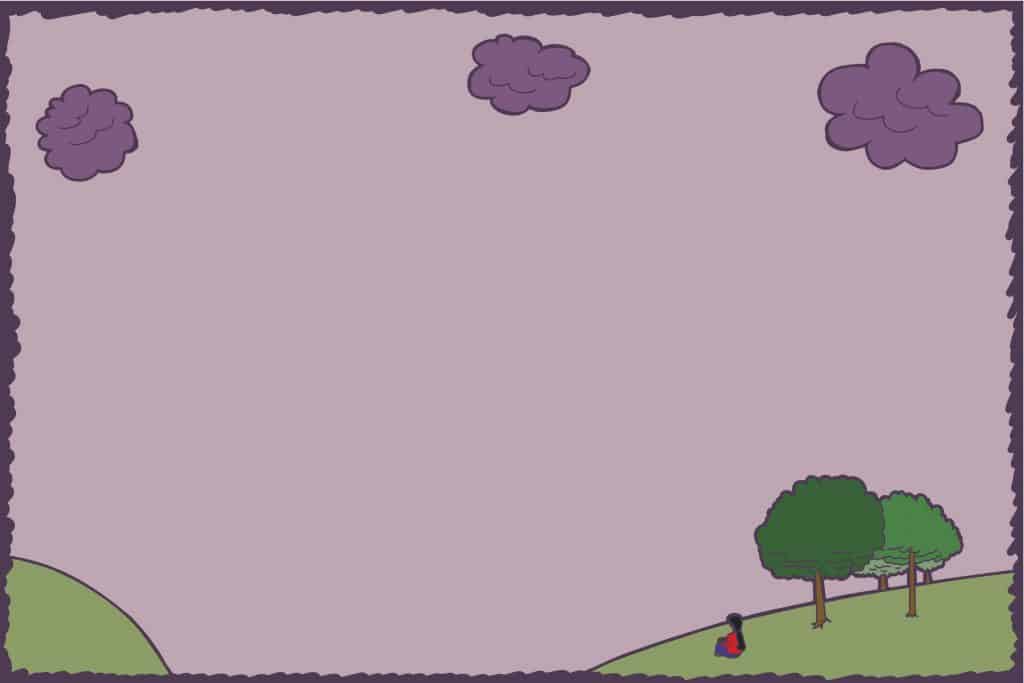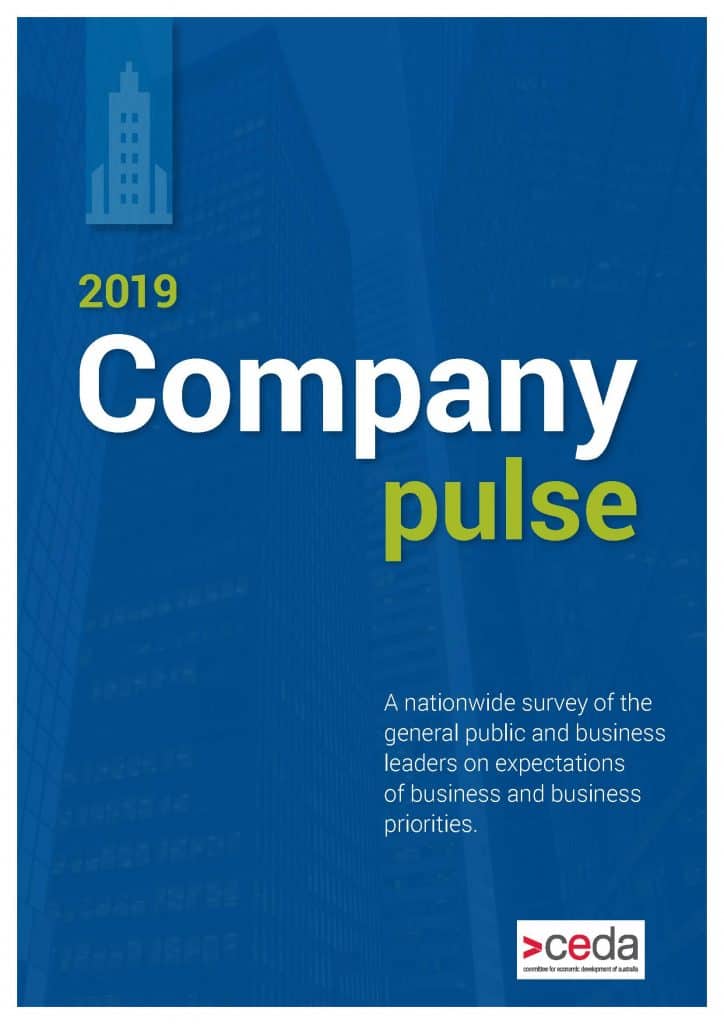
This year’s International Workers Memorial Day/World Day for Safety and Health at Work is over. Many of the memorial events were conducted online and many gave healthcare workers prominence, especially in the United Kingdom. SafetyAtWorkBlog watched the online service conducted by the Victorian Trades Hall.
Many worker memorials are little more than a reiteration of the importance of occupational health and safety (OHS) laws. If the ceremonies are conducted by trade unions, as most are, they are usually advocating for the role of Health and Safety Representatives (HSRs). This year’s Victorian ceremony was typical. However, there were some curiosities and such ceremonies can, and should, be more than just a commemoration.






